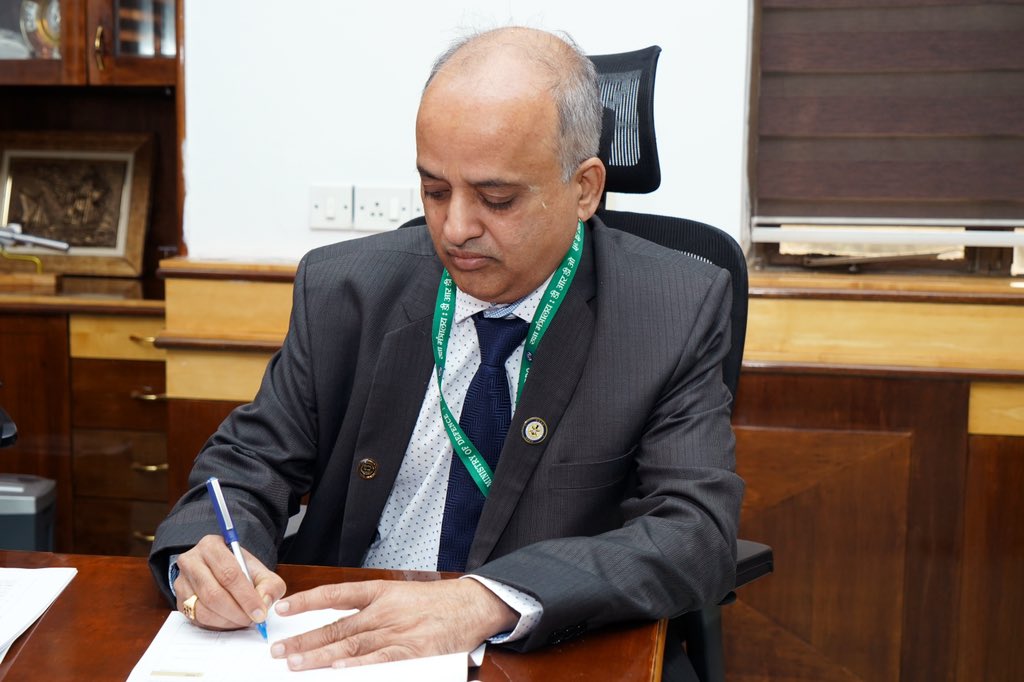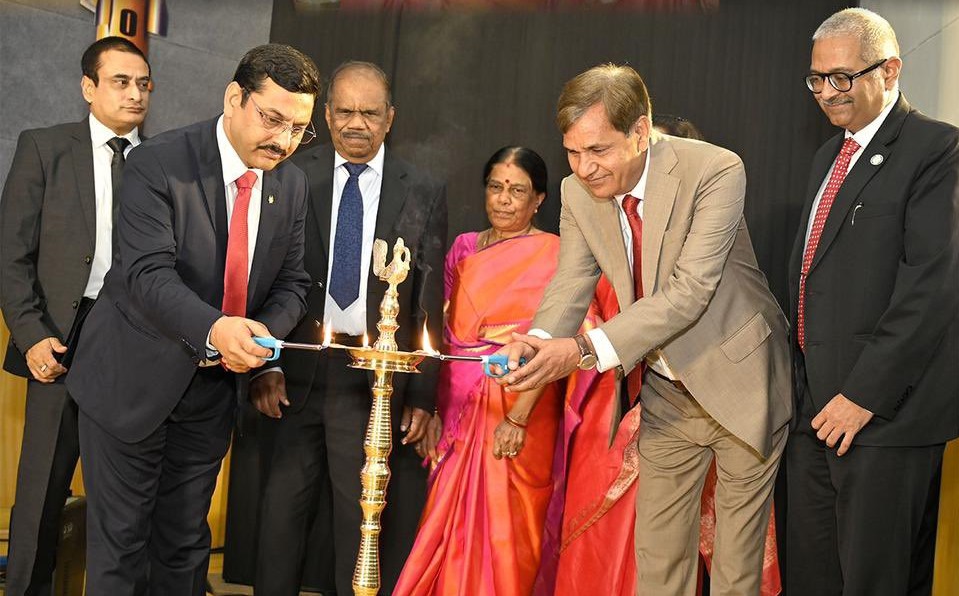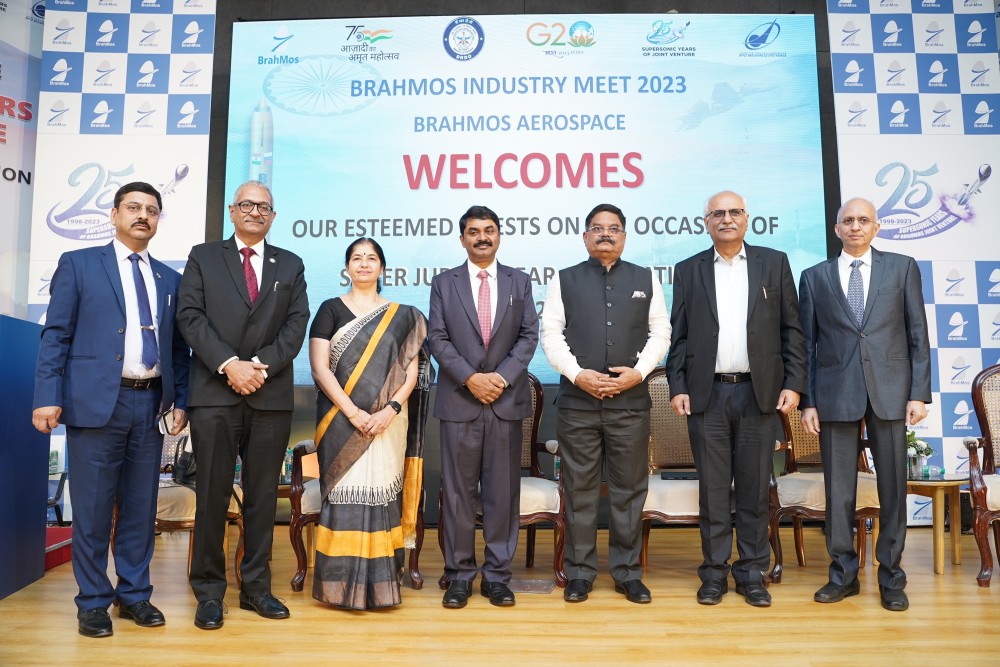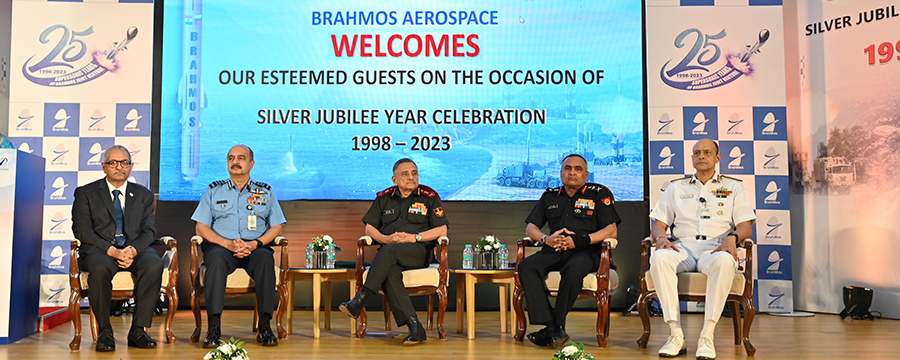BrahMos to get GPS data from Russian satellites
Deccan Herald (February 13, 2009) Print This NewsBangalore: Stunned by the recent failure of its BrahMos army version missile test, the Indo-Russian JV project has decided to reduce its reliance on the established US satellites and depend more on the eight Global Navigation Satellite System (Glonass) Russian navigation satellites, to obtain critical GPS data.
The project’s support from the US navigation satellites had come under a cloud, after a preliminary test failure study revealed that the space machines up there had apparently blinked.
During the failed test, the missile’s GPS system could not link its onboard computers with hovering satellites. This eventually crippled its guidance system, and the mission objectives were not achieved. The missile had apparently performed the flight plan but missed the target. It was fitted with an advance seeker which was to home in on the target using GPS data obtained through the US satellites.
BrahMos will now concentrate on the eight Glonass satellites, although they have a shorter range than the US spacecraft. “The necessary software modification has been incorporated to take care of the eventuality of not many satellites (eight is a small compared to the 24 US satellites) available for position updates,” BrahMos Aerospace CEO and MD, A Sivathanu Pillai told Deccan Herald on the sidelines of the ongoing “Aero-India 2009” airshow here.
The BrahMos special version was fully dependent on US satellites. The Russian global positioning network is not usually used by Indian defence agencies for their strategic programmes. BrahMos is a supersonic cruise missile that can be launched from submarines, ships, aircraft or land.
The missile test was part of the project’s “Block-2” version for operational deployment of the BrahMos under very stringent condition of multi-target environment. “This required a new software. The processing of various targets, manoeuvring the trajectory is a complex situation at supersonic speed. The software had to be in tune with such requirements,” explained Pillai.
Following the software modification, correction simulations were in progress. Once this was completed, the software would be cleared, he added.




























 Dr. Jaiteerth R. Joshi is an outstanding defence scientist renowned for his distinct leadership in the design, development, strategic planning & production of tactical missile systems of the country. He has led various initiatives in Joint development of Long Range Surface to Air Missile (LRSAM) & Medium Range Surface to Air Missile (MRSAM).
Dr. Jaiteerth R. Joshi is an outstanding defence scientist renowned for his distinct leadership in the design, development, strategic planning & production of tactical missile systems of the country. He has led various initiatives in Joint development of Long Range Surface to Air Missile (LRSAM) & Medium Range Surface to Air Missile (MRSAM).
